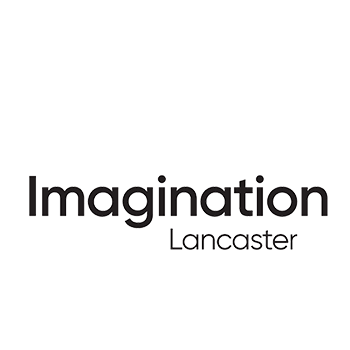Abstract
The shift from industrial age large monolithic companies to a more flexible ‘post-fordist’ model has been well-documented in theory (Harvey 1989) in practice and policy makers (Sainsbury 2007, Denham 2008, Cox 2005).
These emerging new patterns have been labelled as the knowledge economy (Tapscott 1997), or knowledge society or information economy, but all share a degree of overlap when analysing company activity. They point to a pattern of companies moving towards being smaller (and so more agile in terms of invention and innovation) but also in their boundaries becoming more porous. This is a very well-documented phenomenon
This is having a profound impact on the way businesses operate. One of the key issues is the rise in importance in communication between companies (knowledge exchange).
This is an area of activity that has not received a great deal of attention in terms of research with the first conference looking directly at innovation in knowledge exchange taking place in London in 2009. This new area of activity represents an opportunity for design building on initial studies (Cruickshank 2009), this paper presents a process for designing innovative knowledge exchange processes, validated with over 50 high technology companies in the North West of England.
These processes result in a non-hierarchical interchange of knowledge, information and self-realisation.
In this paper we represent a range of ‘tools’ and approaches, including…
‘Nets not networks’ an instrumental approach to networking and problem solving that helps companies be more strategic in the way they handle and use the networks to solve problems.
‘Creative thinking hats’ reacting against de Bono`s thinking hats this presents a collaborative framework to promote invention drawing directly on design techniques and theory.
Physical Problem Solving – using dance and choreography with high-tech managers to explore the fundamentals of collaboration and invention. This activity, where managers really do conceive, teach and eventually perform a choreographed piece of dance is especially effective and inventive.
These approaches will be presented in a wider context of designing collaborative knowledge exchange.
Conference
Nordic Conference on Activity Theory and the Fourth Finnish Conference on Cultural and Activity Research (FISCAR10)
Publication Date
23rd of May 2010
